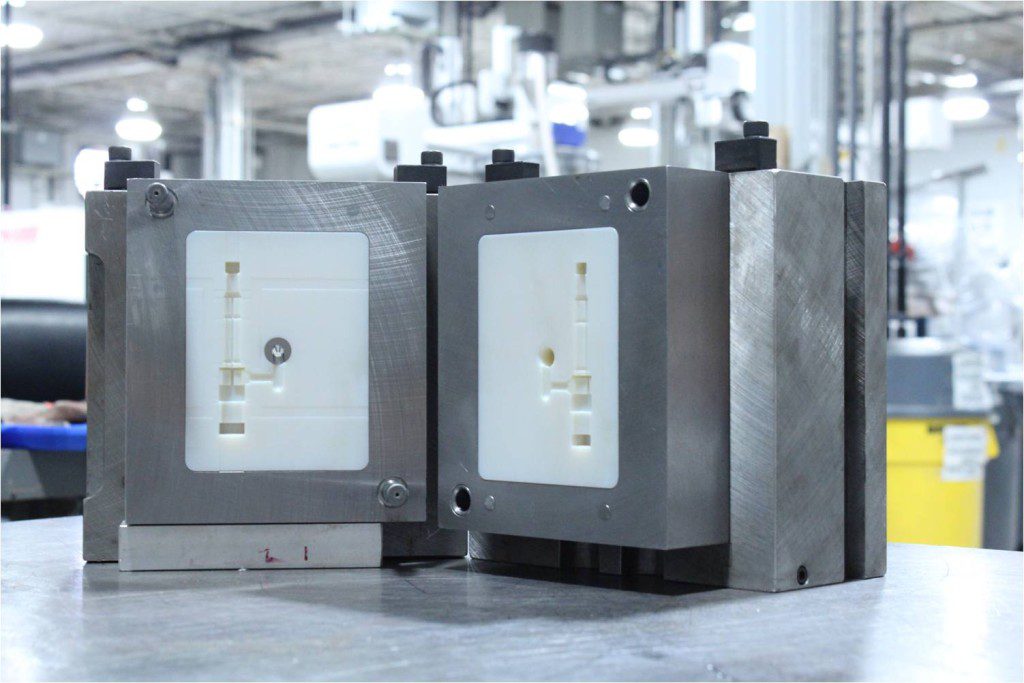Natech has partnered with CADD Edge to begin offering 3D Injection Molding services for more product development projects. This nascent technology offers new benefits of lower risks, timelines, and costs to the part development process.
Anyone who has gone through the product development process knows how high the level of uncertainty is and how very tight time can be. The past several decades have witnessed the influx of many tools to help reduce the uncertainty and development timelines. These tools include 3D printed parts, rapid prototype tools, and computer aided modeling such as mold flow analysis just to name a few.
Now a very interesting option, still in its infancy, is proving valuable to a specific step in the design and development process for injection molded components. 3D Injection Molding takes advantage of the advances in 3D printing to essentially 3D print a mold out of resin.
What are the Benefits of 3D Injection Molding?
The molds can last for dozens or hundreds of cycles depending on the material, geometries, and tolerances. Generally speaking, 3D Injection Molds bridge the gap between 3D printed parts and rapid prototype molds. This means that 3D Injection Molds bring together some of the benefits of each option into the same solution.
Speed – 3D Printed Parts can be printed more quickly than Rapid Prototype Molds can begin molding. 3D Injection Molds could be developed within a timeframe on par with 3D Printed Parts because the same technology is utilized.
Material Choice – 3D Injection molding allows developers to get parts in their hands made in a wider range of actual manufacturing materials. One of the major drawbacks to 3D printed parts are the limited material options. Rather than create parts in the actual resin, engineers must settle for non-production materials.
Cost – The per-part cost for 3D Injection Molding is lower than with 3D printed parts. The mold cost and piece price can generally be considered equivalent to rapid prototype molds.
When should 3D Injection Molding be used?
If we were to create a generic development timeline for parts in hand, 3D Printing (SLA, SLS, FDM) would be on the left followed by rapid prototype molds with finally production quality molds on the right. In this continuum, 3D Injection Molding would fall between 3D printed parts and rapid prototype molds (single-cavity soft tooling).
Narrowly speaking, 3D Injection Molding should be considered when speed is so critical that rapid prototype molds are not fast enough, and 3D printed parts are insufficient from a functionality perspective. Taking a broader outlook, when having the same partner from prototyping through production offers learning curve advantages, this technology should be considered.
Prototyping advancements have allowed engineers to manage their project risks in two ways: 1) to compress the new product development timeline, and 2) to get more and better prototype iterations during the same timelines. This offers improvements to better management of schedule risk, quality risk, and budget risk. Gaining greater certainty on part features and geometries prior to cutting steel can pay dividends later in a project.
We can realistically expect advances to continue, so this is a technology to watch. As with all of the existing options, this one comes with tradeoffs. Understanding those tradeoffs can help identify powerful opportunities to reduce time, cost, and risks in the design and development process.


